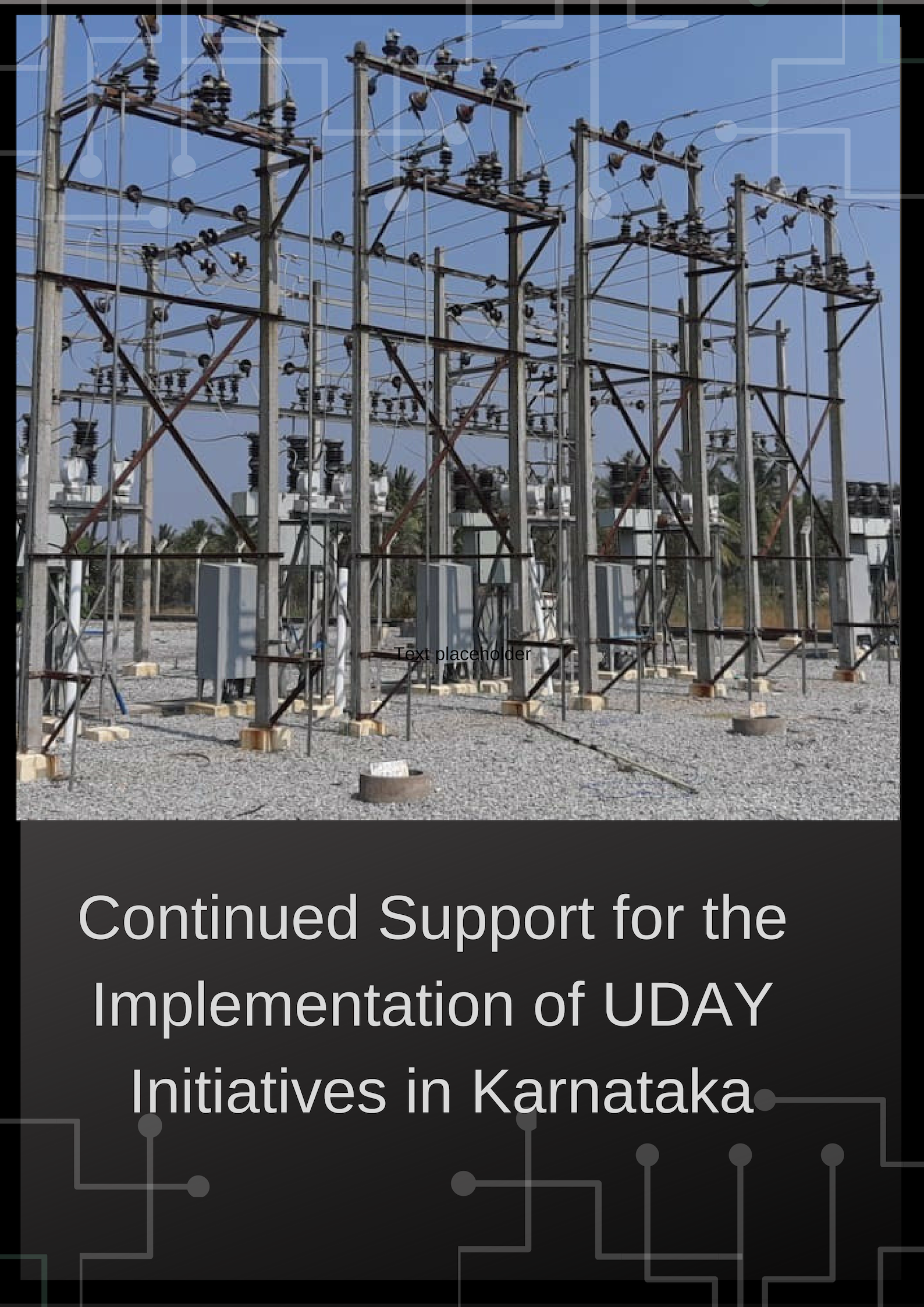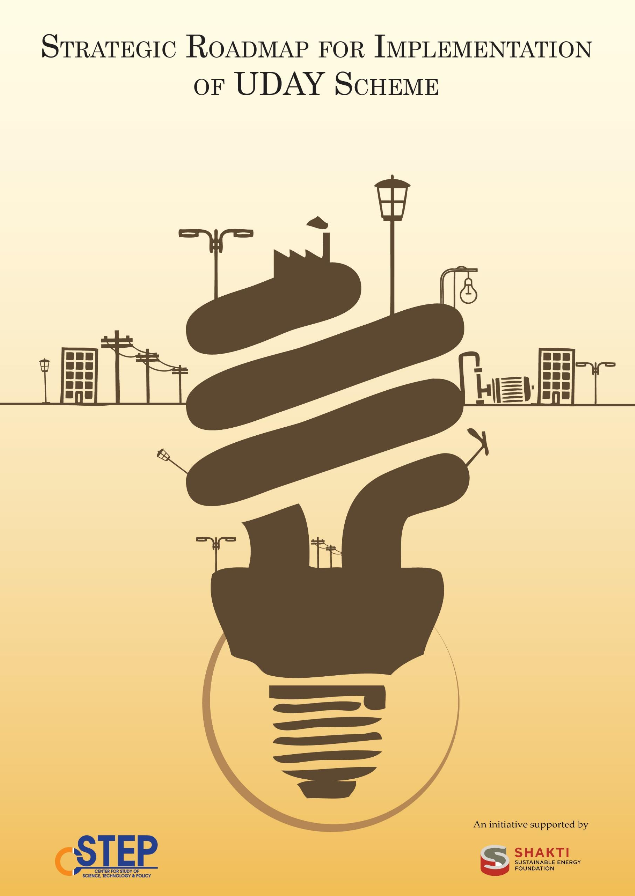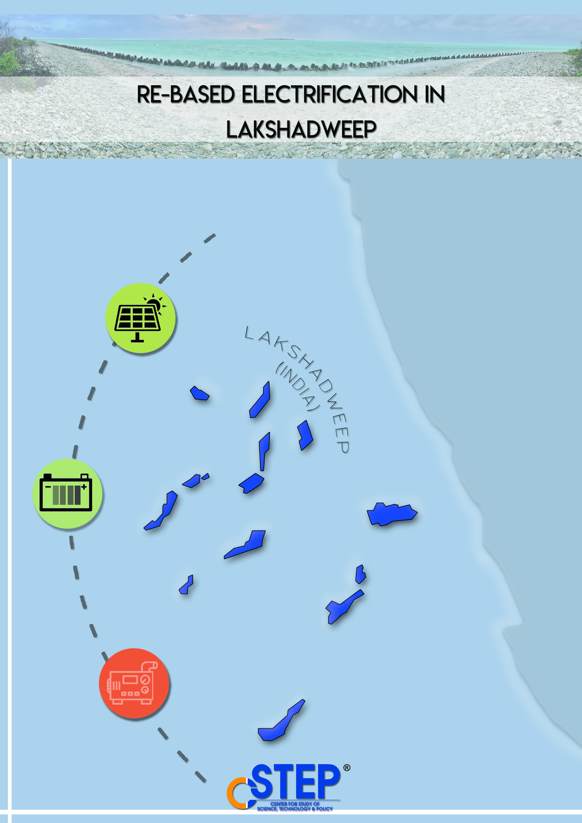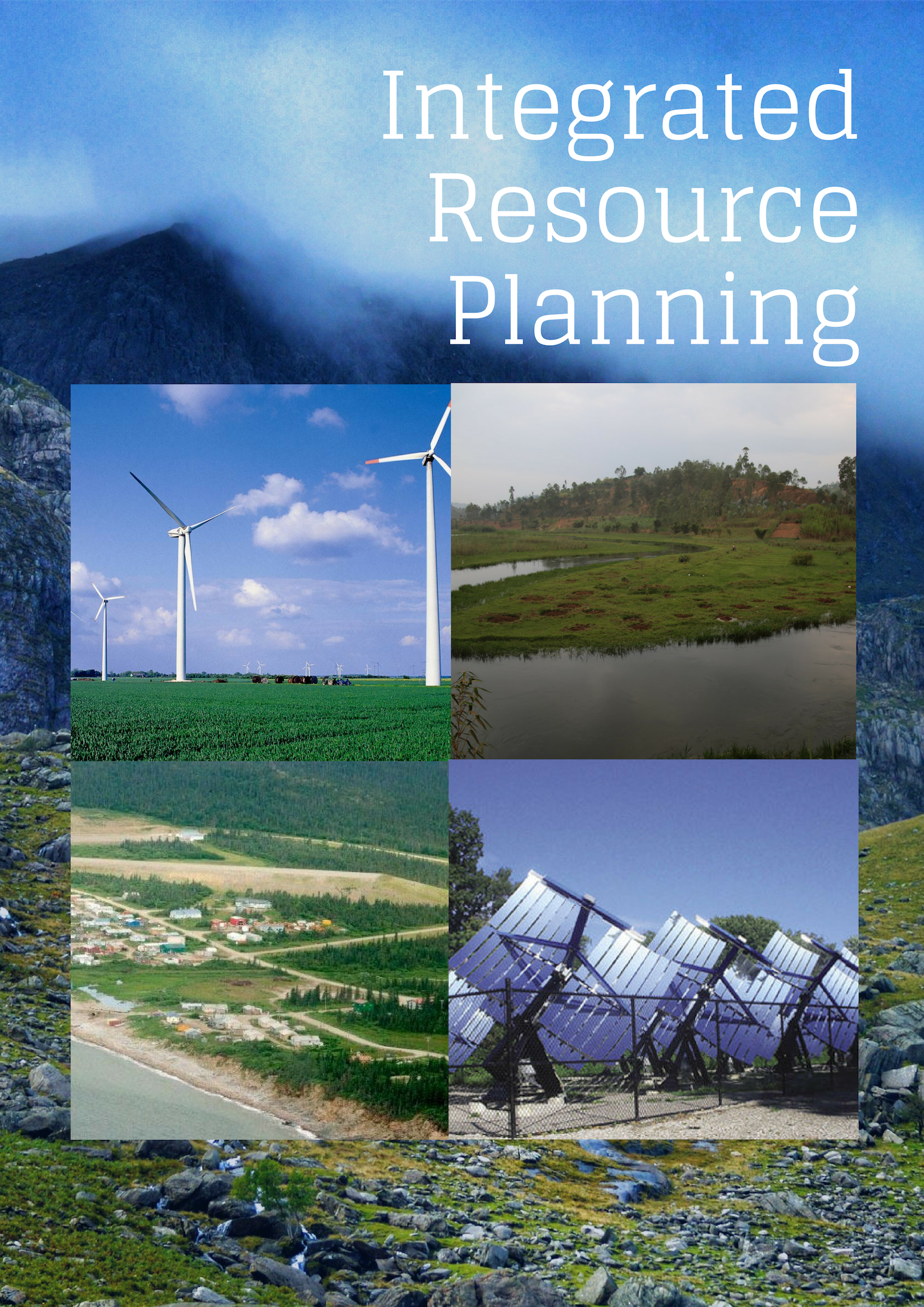Energy is a key factor in combating climate change, one of the biggest challenges the world is facing today. India has committed to cutting emissions to net zero by 2070 and set ambitious targets for adopting renewable energy. Achieving these targets requires careful planning and an overhaul of our current energy system.
Our work aims at enabling policies that encourage the adoption of rooftop solar, facilitate the development of technology for energy storage, strengthen the grid and transmission infrastructure, advance hydrogen technologies, and promote green mobility. CSTEP's research looks at the various aspects of mainstreaming renewable energy for a cleaner, greener energy sector.













Comparative Techno-Economic Analysis of Rooftop PV (RTPV) Systems in Various States in India
The growth of RTPV has been sluggish compared to ground-mounted installations. This study analyses the techno-economics of RTPV in different states with their respective net-metering (NM)/gross-metering (GM) regulations and state policies to assess the financial performance of RTPV systems. States having abundant amount of solar potential such as Karnataka, Gujarat, Rajasthan, Maharashtra and Tamil Nadu are considered. The results of this analysis show that there is a lack of favourable consumer-end economics indicated by equity Internal Rate of Return (IRR) and payback period findings.
Mean Line Design of Radial Inflow Turbine for sCO2 Power System
Closed Loop Brayton cycle power plants using supercritical carbon dioxide (sCO2) have drawn the attention of many researchers in recent times. In this power plant (using heat source from either solar or nuclear),one of the main challenges is the design of the prime mover, namely the turbine. Radial Inflow Turbine (RIT) is found to be a suitable candidate as it has many advantages over Axial Flow TurbinesTechnologies used for the design of RIT for air Brayton cycle are well established.
Machine Level Energy Efficiency Analysis in Discrete Manufacturing for a Sustainable Energy Infrastructure
Sustainable economic development necessitates a careful design of the energy infrastructure.
Global mechanisms to create energy efficient and low-carbon infrastructures: An Indian Perspective
Global mechanisms to create energy efficient and low-carbon infrastructures: An Indian Perspective
A power game: simulating the long-term development of an electricity market in a competitive game
A power game: simulating the long-term development of an electricity market in a competitive game
Techno-Economic Assessment of a Low-Temperature Solar Organic Rankine Cycle System
For the last couple of years, photovoltaics (PV) has been the preferred choice of technology for harnessing solar energy against Concentrated Solar Power (CSP). The major issue bogging down CSP is that it is not economical as compared to PV. Emerging technologies such as s-CO2 and Organic Rankine Cycle (ORC) could be the saviour for CSP going forward. To understand the techno-economics of a solar-ORC system, CSTEP and Indian Institute of Science (IISc), under SERIIUS project, worked together in assessing a low-temperature solar ORC system for off-grid applications.
Re-assessment of India’s On-shore Wind Power Potential
Till recently, the on-shore wind power potential in India was officially estimated to be 102 GW at a hub height of 80 m. About 26 GW of this potential has been installed in the country. However, there are multiple independent reassessment studies in the public domain that estimate the potential to be much higher. This is due to variations in assumptions and methodologies used.
Nuclear Waste Management
This report is written to enlighten the reader about the quantity of radioactive waste generated and how it is being managed and what are the courses of action required for effective containment and disposal.
Economics of fast breeder reactors Indian Scenario
Economics of fast breeder reactors Indian Scenario
